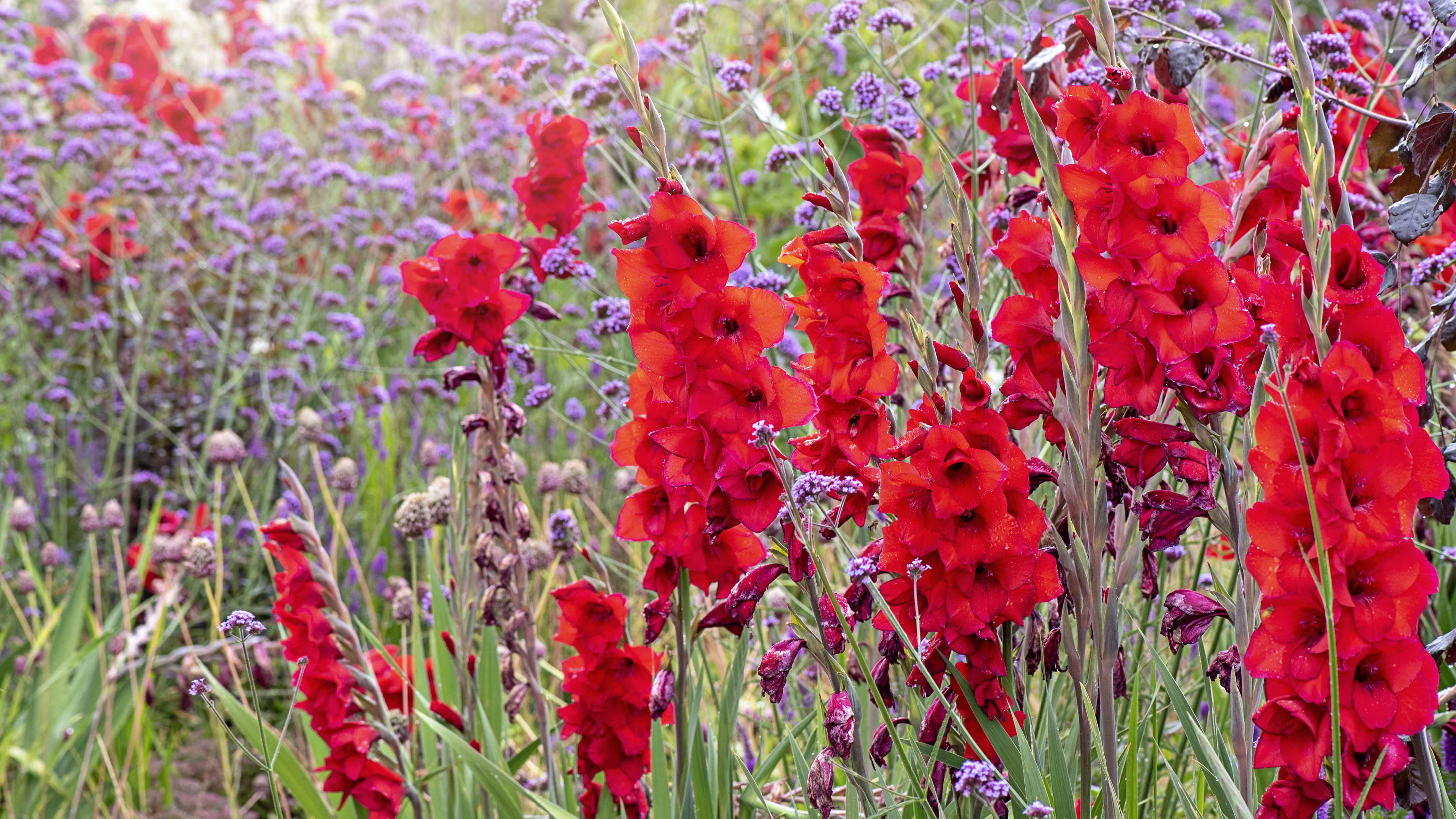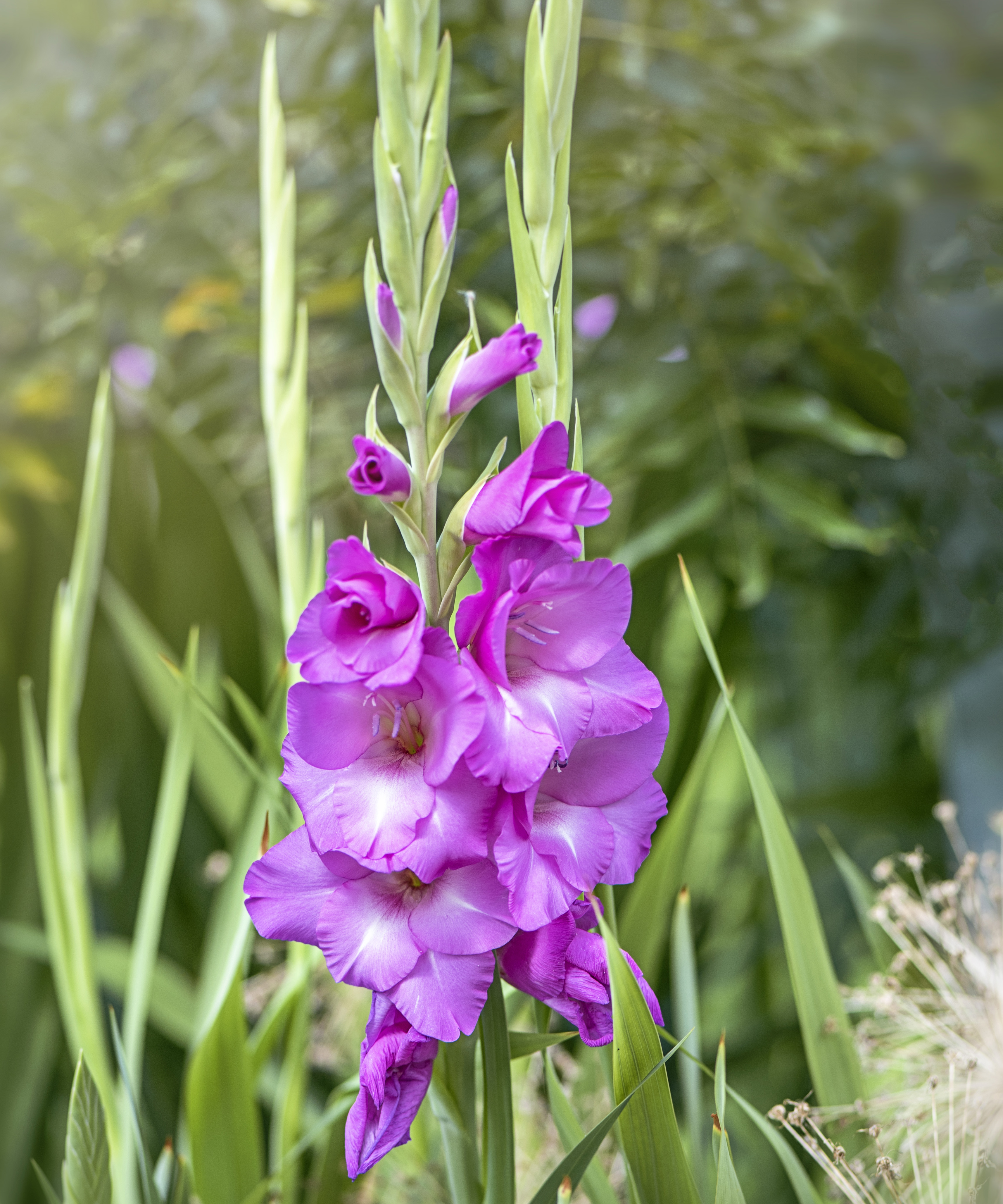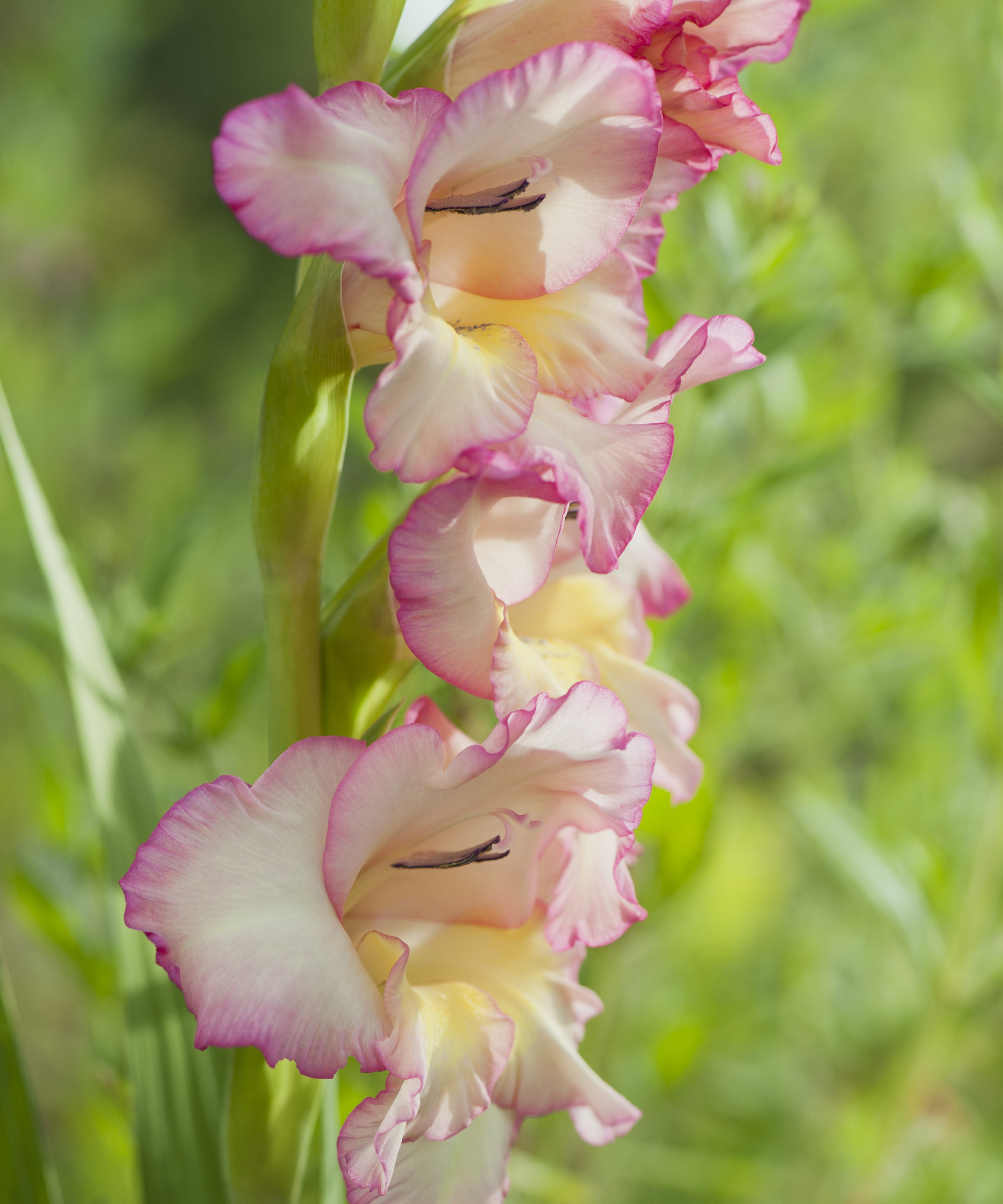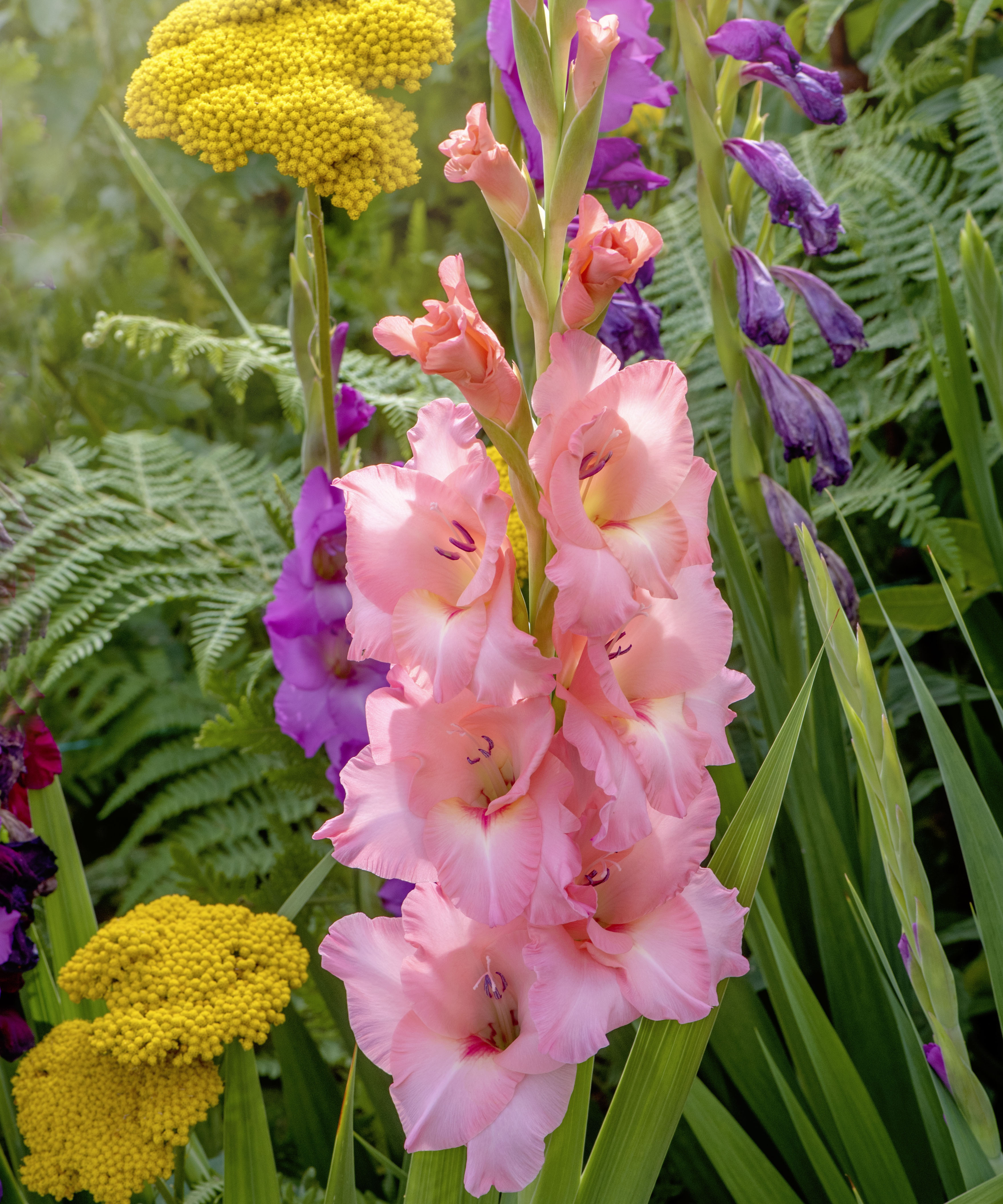What to do with gladioli after flowering – to ensure even more statuesque, cottage garden blooms next season
Discover how to breathe new life into these colorful blooms – but preparation is key


Glorious gladiolus may have blessed your garden throughout the summer season, but what should you do with the bulbs after they finish blooming? While this topic remains an annual debate amongst gardening enthusiasts (some choose to leave the bulb, while others dig) – we have sought the help of gardening guru Monty Don, who has the answer.
In the discussion of his autumnal garden ideas for The Guardian, the trusted gardening presenter shares what you need to do when the inevitable happens.
Here is what to do with gladioli after flowering, according to Monty Don – for new flowers that will bloom throughout the year ahead.
What to do with gladioli after flowering

While you may have already enjoyed gladioli's decadent tones over recent months, Monty's tips will ensure you can make the most of the species long into the future. However, to ensure they see new life, it is important to act after blooming.
Monty suggests digging up the bulbs, or corms, after flowering before storing them. 'Corms should be dug up after flowering, dried, and stored in a cool, dark, dry place,' he begins.
The exception is if your gladioli has suffered from bacterial blight – often a result of being grown in waterlogged soil – in which case dig it up and discard the corm.

You may choose to rethink your greenhouse ideas, as this climate is ideal for storing corms over winter; when kept in a dark area. A cellar or conservatory is another suitable alternative, or you can store them in layers of newspaper.
Design expertise in your inbox – from inspiring decorating ideas and beautiful celebrity homes to practical gardening advice and shopping round-ups.
Another thing you can do with gladioli after flowering is consider propagating the corms.
'They can be propagated from cormels – baby corms that grow off the parent and which come true to its variety. Let the corm and cormels dry out, and, the following February, they can be teased off the corm,' he instructs.
Monty Don, author of The Complete Gardener, available from Amazon, then suggests planting the gladioli cormels 'an inch deep and an inch apart in a seed tray.' They may take a few years to flower, but when they do, you can treat them like other corms.

Plus, you don't need to store these corms for long; as Monty explains, gladioli planting season begins as early as March.
'Gladioli don't flower for long, so start planting gladioli bulbs at the end of March and do repeat plantings every fortnight till the end of May,' he says.
When it comes to replanting, Monty recommends placing them 4-6 inches deep. Then, enjoy the vibrancy of your gladiolus once more. There are a huge variety to discover when it comes to types of gladioli; our guide details some of the best for flamboyance and unrivalled drama in the garden.
For more tips, we explore when to cut back gladioli in our dedicated feature.

Megan is the Head of Celebrity Style News at Homes & Gardens, where she leads the celebrity/ news team. She has a history in interior design, travel, and news journalism, having lived and worked in New York, Paris, and, currently, London. Megan has bylines in Livingetc, The Telegraph, and IRK Magazine, and has interviewed the likes of Drew Barrymore, Ayesha Curry, Michelle Keegan, and Tan France, among others. She lives in a London apartment with her antique typewriter and an eclectic espresso cup collection, and dreams of a Kelly Wearstler-designed home.